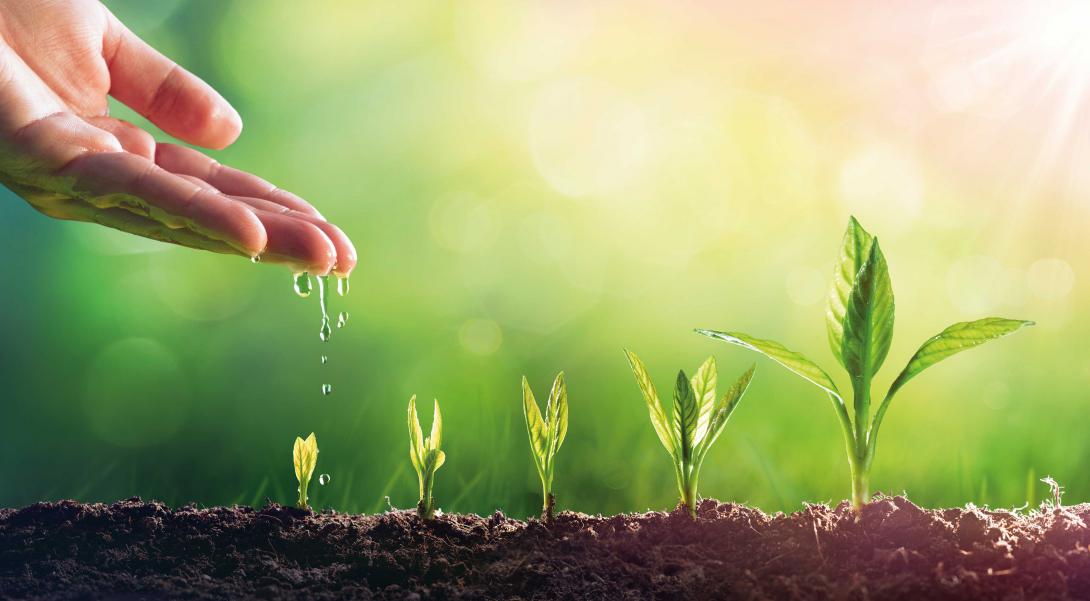
Sustainable growing
The food of the future. Climate change is putting the planet’s biological diversity at risk. Some crops could disappear and other, less well-known ones could become the normal food in our store cupboards in a not so distant future.
Climate change will have different consequences over the next few years and it will affect all regions around the world. The new extreme weather conditions will determine the way we live and will change many of our habits, one of which will be the food we eat. The breathtaking speed of the change is already meaning that many plant species are having problems to adapt to the new conditions, while the most pessimistic studies indicate that some of them will become completely extinct due to temperature increases. Aimed at helping to reverse this trend, the Kew Royal Botanic Gardens (England) has prepared a report where it warns of the need to have more diverse, resilient and sustainable food production systems to ensure the planet is fed, along with maintaining its biological diversity. In the study ‘State of the World’s Plants and Fungi 2020’, the British research centre details that today there are 7,000 edible plant species and it identifies possible crops of the future to extend the range of plants that we usually include in our diet. Among the plants that it proposes growing for our food, five are spotlighted: akkoub or gundelia; morama beans, chaya or tree spinach, pandanus and white fonio. These plant-based foods which are already used locally around the world, could soon reach supermarket shelves.
Akkoub
A thistle-type plant. Its green flowers are eaten as a vegetable in many different ways, even fried, pickled, in omelettes or as a garnish for meat dishes
Morama beans
A long-living perennial leafy plant that grows in South Africa. It is used in many different ways: roasting the seeds, boiling the beans or grinding them up to produce flour or a drink similar to cocoa. Its tubers are protein-rich.
Pandanus
A tree with a small trunk, also known as the screw pine, which grows along the coast from Hawaii to the Philippines. Its female plant, Pandanus produces a large segmented fruit similar to a pineapple and it is eaten raw or cooked. The leaves can also be used to season dishes.
Chaya
It is a leafy plant, native to Yucatan (Mexico). Its leaves are highly nutritional and its sprouts are a popular vegetable in the South American country. It stands out due to its high level of proteins, vitamins and calcium. But care should be taken: it should not be eaten raw because it is highly toxic.
White Fonio
Coming from the West African savannah, it is grown as a cereal crop. It grows very quickly and its small grains are used to make porridge, couscous and drinks. Amongst its properties, its high levels of iron, calcium and several essential amino acids stand out.




